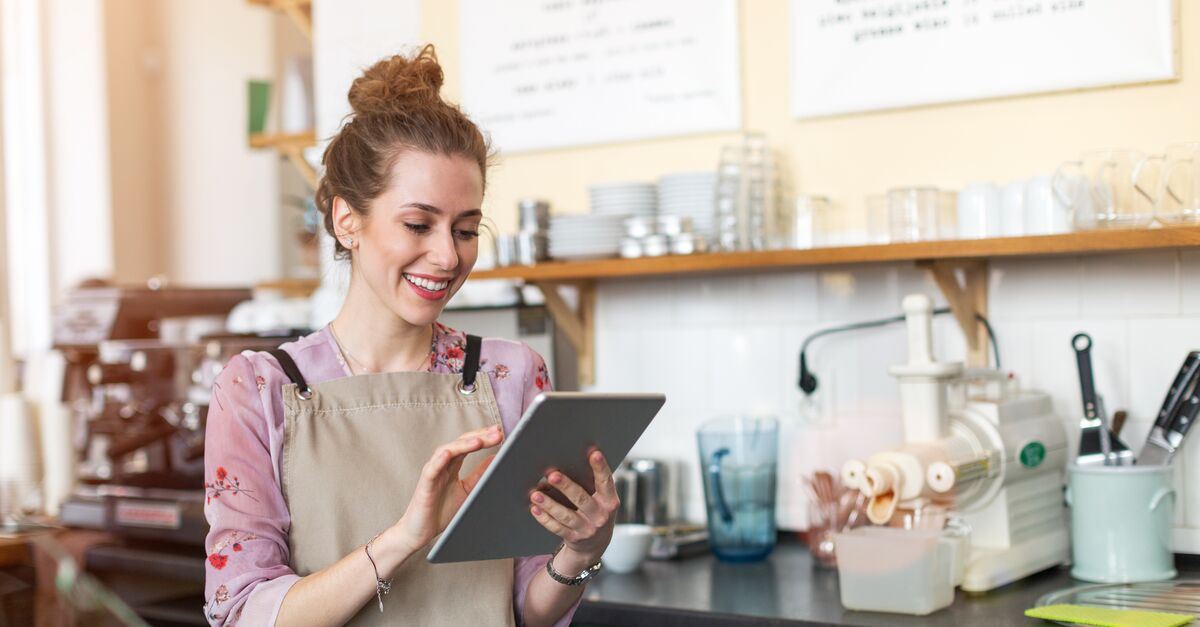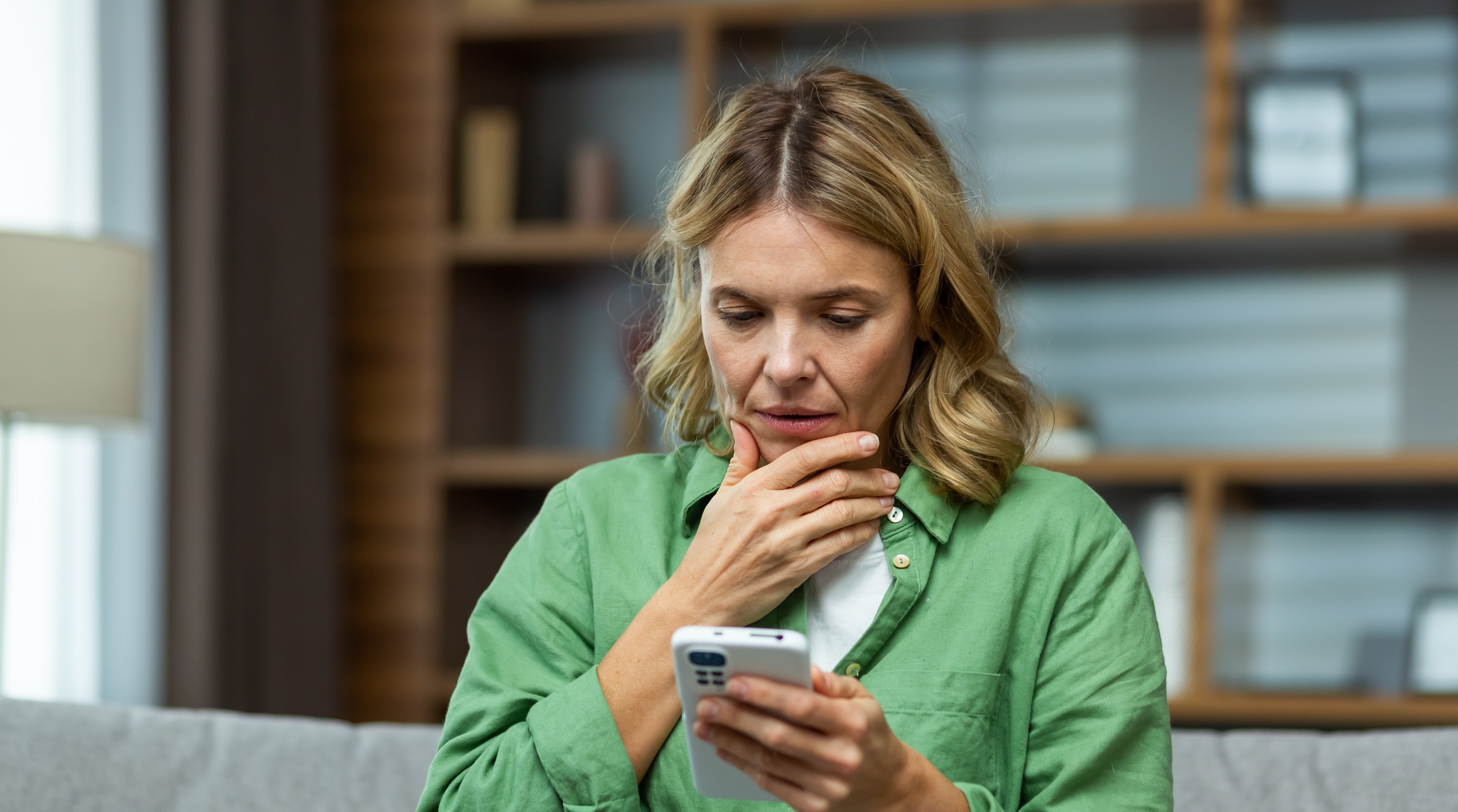The COVID-19 pandemic has impacted every aspect of people’s lives across all sections of society. Businesses up and down the country have been affected by the lockdown restrictions introduced to stop the spread of coronavirus. However, the hospitality industry has been hit particularly hard. And while SMEs are likely to feel the affects the most, the crisis has led to large restraint chains like Frankie & Benny’s and Carluccio’s announcing job cuts and restaurant closures.
The UK Government has released a series of guidance documents on how to work safely during the coronavirus pandemic, which contain the most up to date information. Here, AXA give you a run-down of the key considerations when preparing to reopen your restaurant, café or takeaway shop.
When can my restaurant or café open?
The timelines, criteria and guidance as to when restaurants and cafés can reopen for sit-in customers is different across the devolved governments of the UK.
- UK Government - Click here for guidance
- Scottish Government - Click here for guidance
- Welsh Government - Click here for guidance
- Northern Irish Assembly - Click here for guidance
It’s always worthwhile checking the advice where you live before you start planning to reopen any aspect of your restaurant or café.
Getting ready to reopen
New guidelines and extra safety measures must be followed before it’s safe to open your doors to customers. There are no grounds for departing from the minimum legal standards or duty to do everything reasonably practicable to make the workplace safe for customers and employees.
Perform a risk assessment
It’s important to carry out a COVID-19 Compliance Risk Assessment before you open your doors to customers.
The risk assessment should consider what’s required to make sure your employees and customers can stay at a safe distance and how contact points can be avoided or minimised. Therefore, the risk assessment should involve examining:
- working and recreational areas
- tills and cash registers
- layout
- customer footfall
- contact points between employees and customers
- whether PPE (e.g. face masks and gloves) is required
Cleaning
The World Health Organisation (WHO) claim the virus can survive for up to 72 hours on plastic and stainless steel and 24 hours on cardboard, which is why surfaces should be cleaned and sanitised thoroughly and regularly. You should only clean surfaces yourself if you have the correct protective equipment and materials. If you don’t, you might want to consider hiring a professional cleaner to do this for you.
If you’re doing the cleaning yourself, always work from clean to dirty areas to avoid any contamination. You might want to prepare a schedule of cleaning steps and make sure to tick off the following:
- Access points – take extra care when cleaning and disinfecting doors, handles, letterboxes, floors.
- Bathrooms and kitchens – need cleaned and disinfected more regularly than other areas, especially if they’re available for public use. Kitchen areas, taps, fridges, worktop surfaces and any area used in food preparation must be cleaned and disinfected before, after and during every use.
- Frequently used items – consider any items often handled or touched by you, your employees or your customers. This includes phones, laptops and screens, cutlery, tables and chairs, glassware and PIN pads.
Hand hygiene
You and your employees should wash your hands for at least 20 seconds and use an alcohol-based sanitiser regularly. Try and create a culture in your business where everyone reminds each other to wash their hands. You could even create a joke or a game around handwashing to keep things light-hearted. If it helps, you could set a subtle alarm or timer to go off every 20 minutes to remind everyone.
If your customers can see that everyone is washing and sanitising their hands regularly, it’ll give them extra reassurance and they’ll feel more comfortable dining in your café or restaurant.
Getting your staff ready
If you employ staff, talk to them before reopening and explain how you’re implementing the covid-19 guidance and what’s expected of them. Consider running training sessions to help your staff get used to the new measures and document these sessions for your records. Make sure they’re comfortable and fully informed before inviting them back to work.
Take care to monitor the wellbeing of all your staff, particularly when they’re returning to work for the first time in a while. If you or any of your staff are concerned or anxious about returning to work during the coronavirus pandemic, talk through any concerns and try to resolve them together. The NHS also has some guidance which may help.
Reopening your restaurant
If you haven’t visited your restaurant or café in a while, it’s important to thoroughly inspect the premises before you can start planning to reopen. You’ll want to check the doors, windows and security system to make sure they’re still safe and functioning properly. It’s also a good idea to perform general safety checks on things like fire alarms and any electrical equipment.
Reopening for takeaway or delivery
If you can’t reopen your business for sit-in customers, you might want to consider offering a takeaway or delivery service. Many restaurants and café’s offering takeaway or delivery have followed large chains like McDonalds by serving a reduced menu over reduced hours. This is something you should consider, especially if you’re operating with fewer staff.
How to set up for deliveries or collections for the first time?
- Deliveries
The easiest and safest way to start home deliveries is through online food ordering services, such as Deliveroo, Just Eat or Uber Eats. Or, you could ask employees or casual employees to deliver food using their own vehicles. If you opt for the second option, you’ll need to think about how you’ll accept payments, keeping in mind you want to avoid delivery drivers handling cash. In any case, it’s important to check with your insurance provider to make sure you’re covered for food delivery. - Collections
If your restaurant or café is offering collections as part of your service, orders could be taken online or by phone, rather than in the premises. You should minimise contact during transactions by having designated pick-up and drop-off points and only accepting card payments where possible. Collection times should be staggered and if customers have to queue, a system should be in place to allow people to maintain a safe distance.
Reopening for sit-in customers
When your restaurants, café, bar or pubs is allowed to open for sit-in customers, it won’t be able to operate at full capacity because of social distancing measures.
Social distancing guidance is different across the UK, so it’s important to follow the government advice from all the devolved nations. And of course, if your restaurant or café can’t maintain safe social distancing in your premises, you should consider whether it’s safe to open at all.
Entry, exists and footfall
A restaurant or café’s entry and exit points can get really busy. If you can, it’s a good idea to have one door for customers to enter and a separate door to exit. You might also want to provide hand sanitiser for customers to use at every entry and exit point.
During your risk assessment you should consider the maximum number of customers you can cater to safely. And to make things easier for you, you could operate on a ‘booking only’ basis when you first open or until you find your feet. Not only will this keep your customers happy because it means queueing is kept to a minimum, it will also make sure you’re not running over your safe capacity.
Queueing
If possible, try to create a queuing system outside your premises with clear floor markings to allow your customers to wait outside at a safe distance. If you have other shops or restaurants close by, you may have to work with your neighbours to agree a joint approach for this queuing system.
Social distancing for your customers
Here are some of the things you can do to make sure your business is protecting customers and adhering to social distancing guidelines:
- Floor lay out: Review the layout of your restaurant or café, considering your total floorspace and how your tables are laid out, identifying likely pinch points and busy areas. You might need to lose a couple of tables to make sure your customers are distanced safely.
- One-way system: If possible, implement a one-way system to limit contact between customers and staff. You can use floor tape or paint to help customers keep a safe distance and understand the one-way system.
- Protective screens: Consider whether a protective screen around your till area and between tables would provide additional safety and reassurance.
- Contactless payments: If you can, only accept card payments and encourage your customers to use contactless. Not only will this reduce contact between staff and customers, it’ll also speed up the process of paying.
- Table service: To avoid congestion at your till or bar area, you might want to think about operating using table service wherever possible.
Social distancing for you and your staff
If you employ staff, it’s your responsibility to take every mitigating action possible to reduce the risk of transmission and contamination while they’re at work. Here are some of the things you can do to make sure your business is protecting your staff and adhering to social distancing guidelines:
- Designated work areas: Your staff could stick to working in one place or station. For example, assigning staff to designated serving areas or specific tables. If areas or workstations need to be shared, they should be shared by the smallest possible number of people.
- Fixed working rota: You can also reduce the number of people each person has contact with by setting up a rota which means people work in fixed teams or pairs.
- Break rooms and canteens: Social distancing applies to all parts of a business. That means toilets, break rooms, canteens and other areas must be set up to allow for social distancing.
- Face coverings: You should support your staff in using face coverings safely. You can direct them to WHO guidance on how to wear one safely.
Next steps for reopening your restaurant or café
If you’ve completed your risk assessments, cleaned your premises and equipment thoroughly, made the appropriate changes to your layout to allow for social distancing, and trained your staff in the new processes and procedures, you can share the results with your customers.
The UK Government issued a notice you can display to show that you’ve followed the correct guidance and now feel ready to reopen. You can download the notice here, and display it in your window once you’re ready to get back to business.
This article was updated on 29/03/2021 and guidelines were correct at the time of upload. For the latest coronavirus advice, please visit the government’s website.







